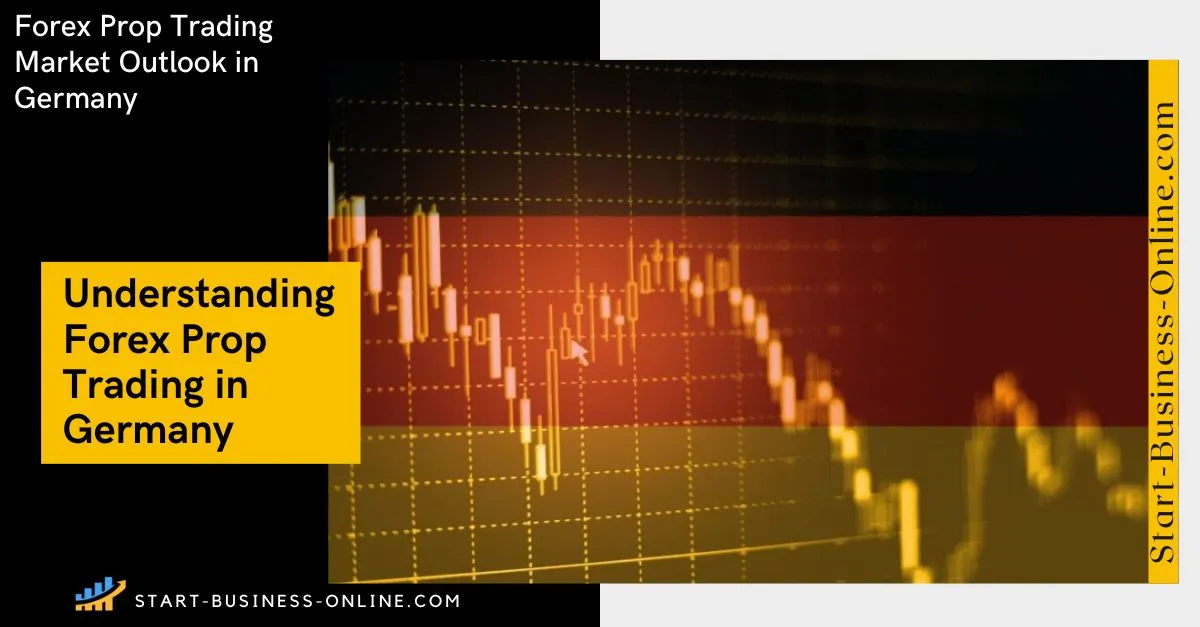Equity-based drawdown rules are becoming increasingly common in proprietary trading firms, reshaping the way traders manage risk and capital. These rules consider the current equity (balance + floating profit/loss) rather than just the static account balance, making real-time risk control more stringent. But what does this mean for traders, and which firms offer these types of challenges?
What Is Equity-Based Drawdown?
Equity-based drawdown refers to the maximum allowable loss based on the real-time equity of your account. If you're in a trade and it's floating at a loss, that loss affects your drawdown limit. For instance, if your account has a $10,000 starting balance and your max drawdown is 10%, your equity must not fall below $9,000 at any time—including while trades are open.
Why Equity-Based Rules Matter
This type of risk management structure enforces disciplined trading, rewards tighter stop-loss control, and discourages over-leveraging or leaving trades floating deep in drawdown in hopes of recovery.
Top Prop Firms with Equity-Based Drawdown
| Prop Firm | Best Prop firms with Equity-Based Drawdown |
|---|---|
| FunderPro | (No balance-based drawdown.) |
| Funding Pips | (No balance-based drawdown.) |
| Bullwaves Prime | (No balance-based drawdown support.) |
| the5ers | (No balance-based drawdown.) |
| MyFundedFX | (No balance-based drawdown.) |
| BlueBerry Funded | (Two-step, One-step, and Rapid Challenges do not support balance-based drawdown.) |
| TradingFunds | (Two-step and One-step Evaluations do not support balance-based drawdown.) |
| Crypto Fund Trader | (No balance-based drawdown.) |
| E8 Markets | (E8 Evaluation and E8 Track do not use balance-based drawdown.) |
| Lux Trading Firm | (No balance-based drawdown.) |
| Goat Funded Trader | (No balance-based drawdown.) |
| The Trading Pit | (No balance-based drawdown.) |
Pros of Equity-Based Drawdown Models
- Encourages tighter trade control
- Prevents risk snowballing through floating losses
- Promotes better position sizing and exit planning
Challenges with Equity-Based Rules
- Must monitor floating losses in real-time
- Riskier to hold trades over news or weekends
- Harder recovery from early drawdowns
Conclusion
Equity-based drawdown models reward discipline and advanced risk management. While more difficult to navigate, these challenges can mold traders into more methodical and consistent performers. If you're confident in your trade planning and execution, these firms offer an ideal proving ground.
Frequently Asked Questions (FAQs)
Equity-based drawdown tracks losses based on your account's real-time equity, including floating profits and losses.
Yes, because even unrealized losses count, equity-based rules require tighter risk control and trade management.
Equity-based models suit scalpers and day traders who maintain tighter stop-losses and prefer shorter trade durations.





